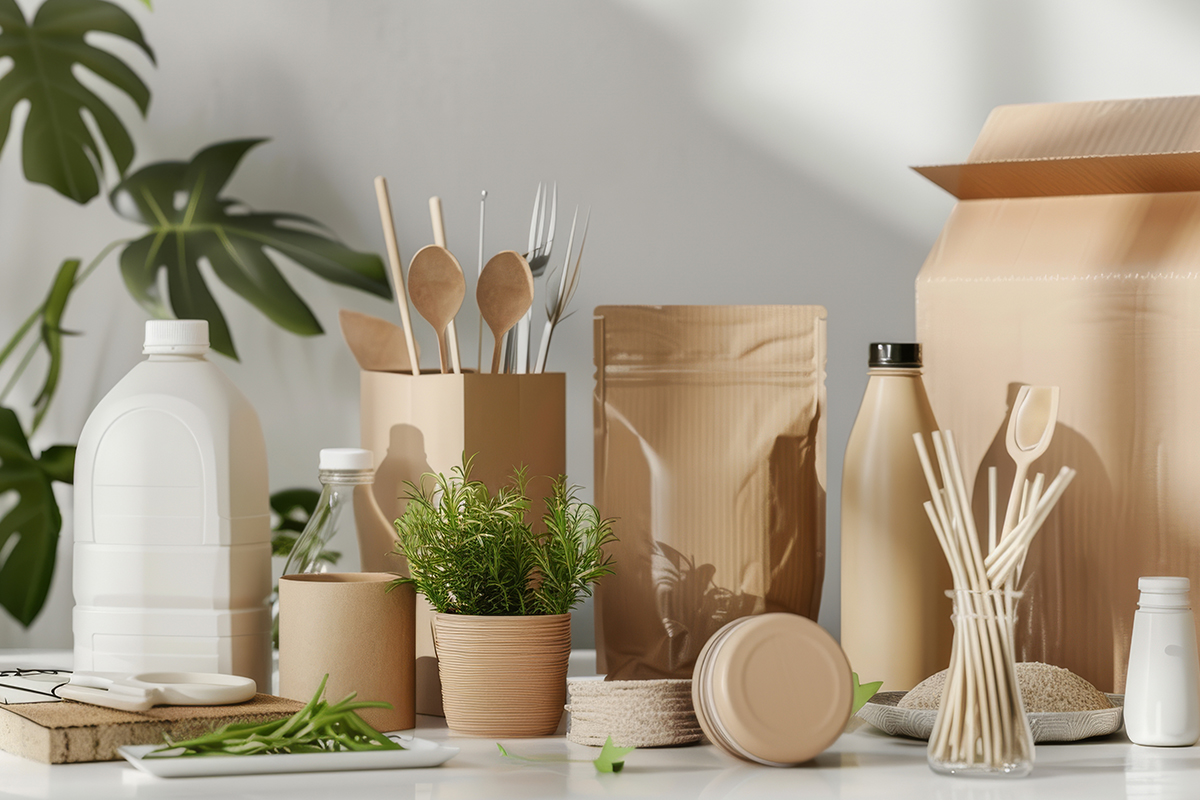In recent years, eco-friendly products have become a prominent trend on the market. People are increasingly aware of the need to protect the environment and strive for sustainable development. But despite the clear benefits, many people are opposed to eco-friendly products.
What are green products?
Green goods are products that are produced with minimal impact on the environment. They include using renewable resources, recycling materials, avoiding toxic chemicals, and reducing carbon emissions. These goods are usually energy efficient and durable, reducing the need for frequent replacement and reducing waste.
Demand for green goods
Several factors are driving the popularity of green goods. Firstly, consumer awareness of environmental issues and climate change is increasing. People are increasingly keen to contribute to the preservation of nature by making informed choices in favour of greener products. Secondly, governments and international organisations are increasing regulation and encouraging the use of environmentally friendly materials and technologies. Finally, improvements in manufacturing technology have reduced the cost of eco-friendly products, making them affordable to more consumers.
Benefits of green products
The main advantage of sustainable products is their ability to reduce the negative impact on the environment. For example, biodegradable packaging decomposes naturally, reducing landfill waste. Energy-efficient appliances save energy by reducing greenhouse gas emissions. In addition, using eco-friendly materials helps protect human health as they are free of harmful chemicals and allergens.
Arguments against
Despite the obvious benefits, there are also opponents of eco-friendly products. They have their own arguments:
- Cost. Eco-friendly products are often more expensive than conventional ones, this can discourage buyers on a tight budget. High prices are explained by more expensive environmentally friendly materials and technologies.
- Efficiency. Some critics argue that eco-friendly products do not always have the same efficiency and durability as conventional products. For example, biodegradable bags may be less durable and eco-friendly cleaning products may be less effective.
- Green camouflage. Often, companies use marketing terms like ‘eco,’ ‘bio,’ and ‘natural’ to promote their products that don’t actually meet stated environmental standards. This creates confusion among consumers and reduces trust in truly eco-friendly products.
How to make a choice?
The choice between sustainable and conventional products depends on personal preferences and priorities. If minimising the negative impact on the environment is important to you and you are prepared to pay more for quality and safety, eco-friendly products are your choice. However, you should carefully study the composition and origin of products to avoid falling for the tricks of marketers.
For those who are just beginning their journey to sustainable consumption, it’s best to start with small steps – avoid single-use plastic, opt for reusable packaging and support local producers who use sustainable practices.
It’s important to remember that even small changes in daily habits can have a significant impact on the environment. Eco-friendly products offer us a way to live more consciously and with care for the planet, but it is up to each individual to decide what is best for them and their family.


